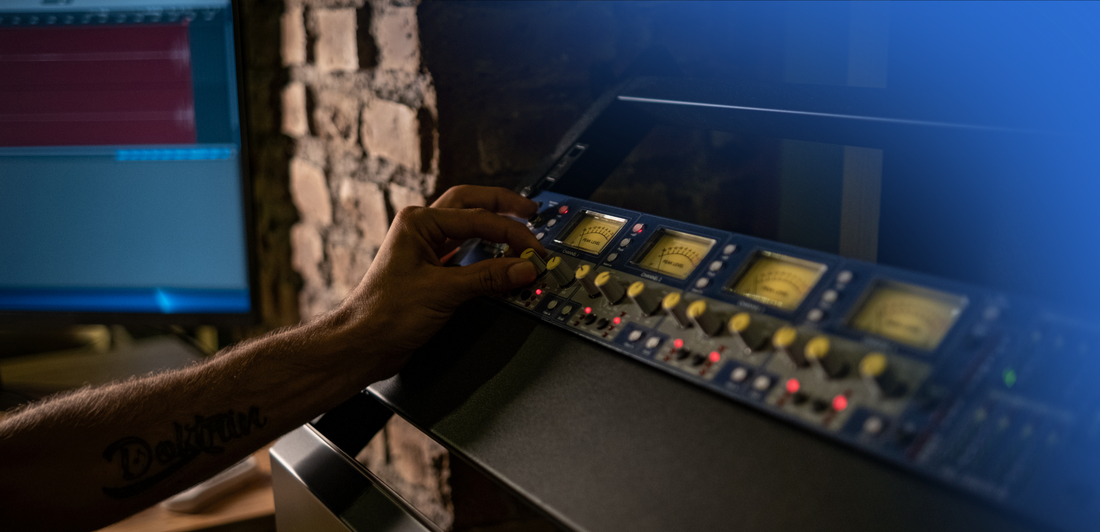
From Concept to Creation: How Sound Designers Get Their Hands Dirty
Sound design is a fascinating and vital part of creating immersive experiences in media, from films to video games. It’s a blend of art and science, requiring a keen ear, creativity, and technical skills. In this post, we'll explore the step-by-step process that sound designers follow to craft compelling audio landscapes, from the initial concept to the final creation. Let's dive into the world of sound design and see how these professionals get their hands dirty.
1. Research: Understanding the Sound
Before diving into recording, sound designers conduct thorough research to understand the specific sound effect they need to create. This step involves listening to real-world examples, studying how similar sounds are made, and brainstorming creative approaches. For the iconic T-Rex roar in Jurassic Park, sound designer Gary Rydstrom researched various animal sounds. He combined elements from lion roars, alligator growls, and elephant trumpets to create a sound that was both terrifying and believable.
In the video below, Gary Rydstrom discusses the sound of the T-Rex and his conversations with a Japanese scientist on manipulating sounds in films.
2. Recording and Utilizing External Libraries
Recording involves capturing raw sounds that will later be manipulated and integrated into the media. This process can be incredibly diverse, ranging from recording natural ambiances to creating unique sounds in a studio.
Field Recording
Field recording is recording of sounds or images captured outside of a controlled studio setting, usually using portable equipment. Sound designers venture into various locations to record the ambient noises that make a game world feel alive. For instance, the sound of rustling leaves, bustling city streets, or the eerie silence of a forest can add depth and realism to a project.
Learn more about field recording by watching the video below.
Foley Recording
Foley recording involves creating sound effects by mimicking everyday activities in a controlled studio environment. This can include footsteps, clothing rustles, or the clinking of glasses. Foley artists often use unexpected objects to create sounds; for example, a coconut shell might be used to simulate the sound of horse hooves.
An example of recording breakable wooden items in a recording studio:
Utilizing External Libraries
While recording unique sounds is ideal, it’s not always feasible due to time or budget constraints. This is where external sound libraries come in.
These libraries offer a vast array of pre-recorded sounds that can be used in media. They are especially useful for sounds that are difficult to record, like dinosaur roars or zombies from another world.
3. Audio Restoration
Once the sounds are recorded, they often need to be cleaned up. Audio restoration involves removing unwanted noise, balancing frequencies, and ensuring the sound is clear and usable. In post-production for films, dialogue recorded on set often contains background noise. Sound designers use tools like iZotope RX, Waves Clarity Vx Pro, and Sonnox Restore to remove these noises, ensuring the dialogue is crisp and clear.
4. Layering
Layering involves combining multiple sounds to create a richer, more complex audio effect. This technique adds depth and texture to the sound design.
The lightsaber sound in Star Wars was created by layering the hum of an old projector with the buzz of a TV set. This layering gave the lightsaber its iconic, dynamic sound. As an example, sound designers should know the layers that make up a gunshot sound: the body, the thump, and the tail. In reality, gunshots often lack the dramatic impact that we hear in games and films. Therefore, sound designers use their creativity to build something more powerful and engaging with their imagination.
An example of Crafting Electric Sci-Fi Weapon Sound:
5. Adding Effects
Adding effects is about enhancing the recorded sounds to fit the desired context. Reverb, delay, and other audio effects can make sounds more immersive and realistic. In horror films, reverb is often added to sounds like whispers or creaking doors to create a sense of space and tension.
An example of a horror cue sound design with SwishSwoosh’s Amber tool:
6. Optimizing Levels
The final step is optimizing the audio levels to ensure all sounds blend seamlessly without overpowering each other. This involves adjusting volume levels, panning, and ensuring a balanced mix. In video games, the sound of footsteps, dialogue, and background music must be carefully balanced by using audio engines or game engines so that no single element dominates the audio landscape, ensuring an immersive experience for the player.
Conclusion
Sound design is a multifaceted process that requires both creative insight and technical skill. By mastering each step—from research and recording to layering and optimizing—sound designers can create powerful audio experiences that elevate any form of media, whether it be games, films, or other entertainment formats. Embracing these techniques ensures the creation of captivating and immersive soundscapes that resonate deeply with audiences.









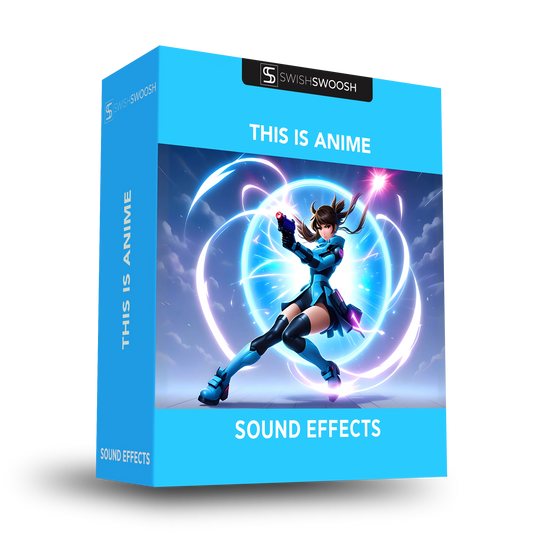

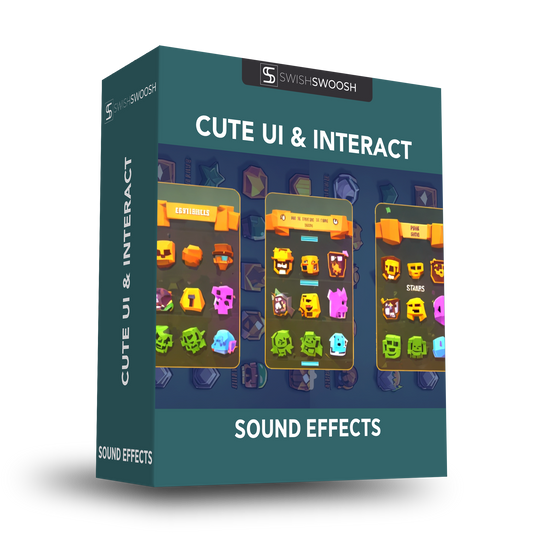
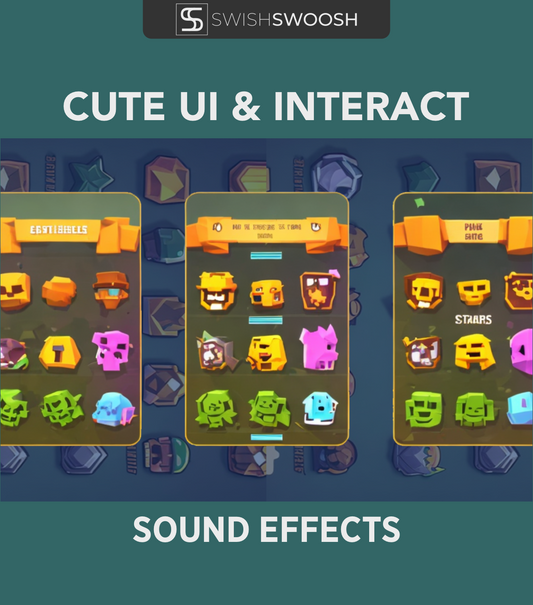






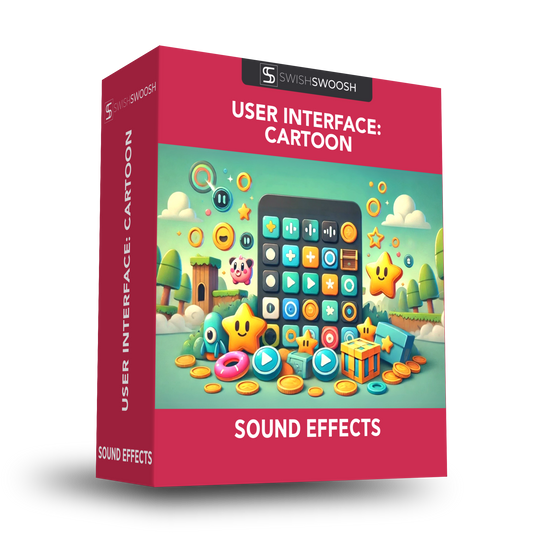
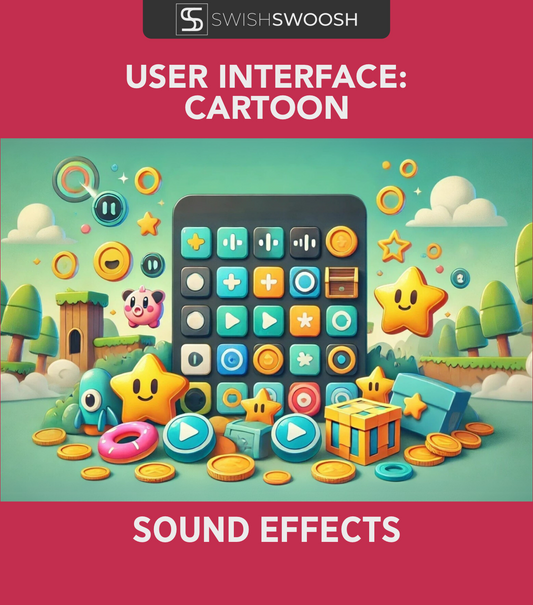
No comments